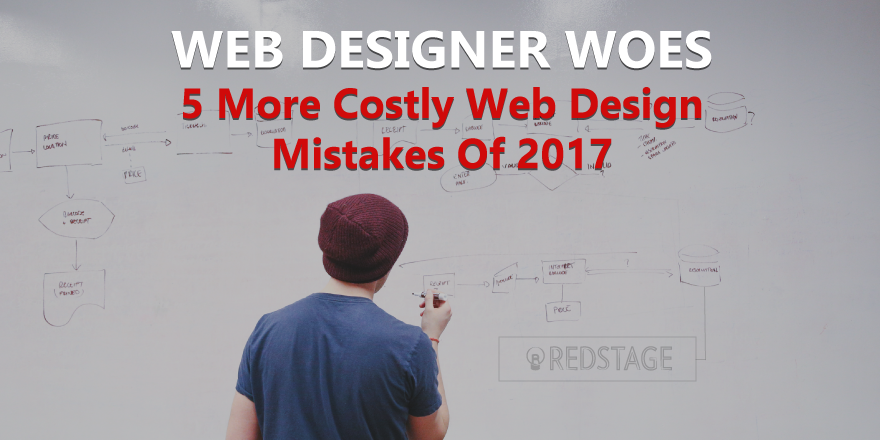
by Don Pingaro | Nov 7, 2017 | UX/UI Design
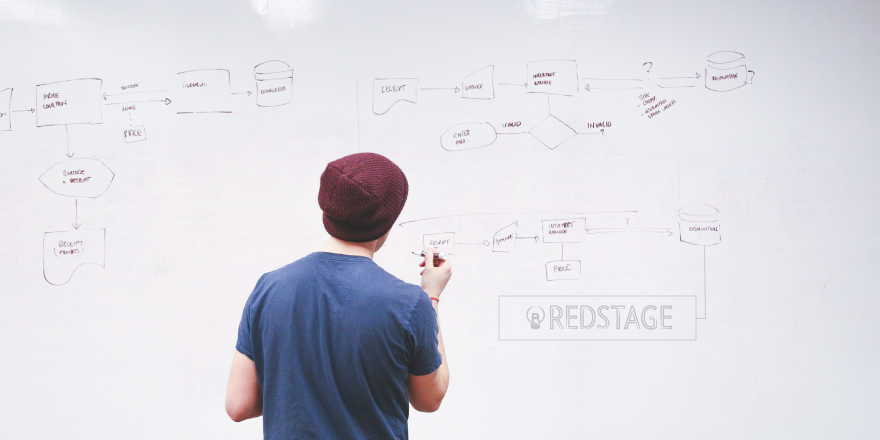
The cornerstone of good UX is simplicity. As Redstage’s Creative Director Adam Piken says, “Don’t assume all your customers understand what a ‘Continue’ button does or what a ‘hamburger’ icon means… especially for eCommerce. Use well-known web design standards and simple, direct language.” If there’s one thing the web designers and developers at Redstage know, it’s that “no-brainers” aren’t always obvious in eCommerce. More often than not, it takes an expert with a critical eye to catch what others cannot (and we’ve got your back!). With this in mind, here’s 5 more costly web design mistakes of 2017:

5. Keep Your Fonts Consistent
It’s one of the most basic elements of good web design. Every site should have 1-2 fonts. One primary or master font for the entire site and a secondary font for links, CTAs, buttons, quotes, banners, and the special stuff. Often, the best solution is to simply find one font that looks good in any size, and use italics or different font weights to make special offers stand out. Keep it simple, or your site’s text will compete for attention and confuse or annoy the customer. Keep it simple. Keep it safe.

4. Click To Enlarge
All too often sites stray from the typical norm of “click to enlarge” and opt for a “zoom” image option that’s tricky, fuzzy, and confusing for users. Stick with the “click” option and make sure the product not only appears in high-definition once enlarged, but that customers can easily exit the enlarged photo intuitively (like with a big “X” or “close” button in the top right corner). Any time someone has trouble exiting the zoom function on your site, you’re creating a barrier between the customer and the checkout. Make this process as easy as possible. It’s UX 101, right?

3. View Our Reviews
Consider using a service like our partners at Yotpo to import your reviews directly from Yelp! This quick feature is easy to use and adds credibility as well as buyer certainty for customers. For your first-time customers, reviews could mean everything. If you’re considering adding reviews, make sure to put them somewhere they’re easily accessible (and make sure they’re good before you go live!). You’d also do well to add a script that hides those zero-star reviews on products that haven’t been reviewed yet. In our experience, it’s always better to have no review than a zero rating, which is a big “Don’t buy this” trigger.
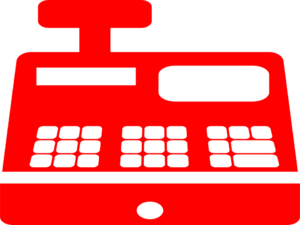
2. Choose A Payment Method
Your items are in their cart… They’re on their way to the checkout… Make it as easy as possible for them to do so. You have all the major credit cards, but do you offer PayPal? What about Amazon Pay, Android Pay, or Apple Pay for those mobile users? Samsung Pay? Money order? Price-plans? Lay-away? Bitcoin? Sorry, but you see my point. Offering a variety of payment methods, online or off, means a better, faster checkout experience for customers, so make sure you optimize for breadth.
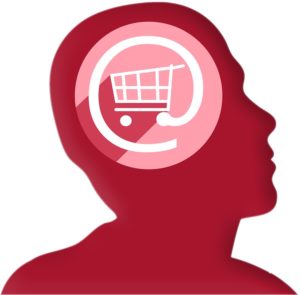
1. Would You Like To Checkout As A Guest?
In our last Web Designer Woes article, we mentioned the importance of featuring trustmarks and shipping info at the checkout. This time, we’re diving into something equally if not more important: Guest Checkout. Sites that don’t have guest checkouts are losing customers. If they have to think, or worse, feel like they’re being taken advantage of, they have one foot out the door. It’s that simple. When someone goes to buy something, give them the guest option. You’ll still collect plenty of data on them, but they’ll feel like they’re not being taken advantage of and won’t expect endless forms. This expedited checkout method prevents cart abandonment, and more importantly, speeds up the checkout experience — something that can be a game-changer for the holiday season ahead.
For More Tips, check out the previous post in this series:
Web Designer Woes: 5 Costly Web Design Mistakes of 2017
If you have any questions or tips that aren’t on this list, feel free to mention them in the comments below!

by Don Pingaro | Nov 7, 2017 | UX/UI Design

The cornerstone of good UX is simplicity. As Redstage’s Creative Director Adam Piken says, “Don’t assume all your customers understand what a ‘Continue’ button does or what a ‘hamburger’ icon means… especially for eCommerce. Use well-known web design standards and simple, direct language.” If there’s one thing every web designer and developer at Redstage knows, it’s that “no-brainers” aren’t always obvious in eCommerce. More often than not, it takes an expert with a critical eye to catch what others cannot (and we’ve got your back!). With this in mind, here’s 5 more costly web design mistakes of 2017:

5. Keep Your Fonts Consistent
It’s one of the most basic elements of good web design. Every site should have 1-2 fonts. One primary or master font for the entire site and a secondary font for links, CTAs, buttons, quotes, banners, and the special stuff. Often, the best solution is to simply find one font that looks good in any size, and use italics or different font weights to make special offers stand out. Keep it simple, or your site’s text will compete for attention and confuse or annoy the customer. Keep it simple. Keep it safe.

4. Click To Enlarge
All too often sites stray from the typical norm of “click to enlarge” and opt for a “zoom” image option that’s tricky, fuzzy, and confusing for users. Stick with the “click” option and make sure the product not only appears in high-definition once enlarged, but that customers can easily exit the enlarged photo intuitively (like with a big “X” or “close” button in the top right corner). Any time someone has trouble exiting the zoom function on your site, you’re creating a barrier between the customer and the checkout. Make this process as easy as possible. It’s UX 101, right?

3. View Our Reviews
Consider using a service like our partners at Yotpo to import your reviews directly from Yelp! This quick feature is easy to use and adds credibility as well as buyer certainty for customers. For your first-time customers, reviews could mean everything. If you’re considering adding reviews, make sure to put them somewhere they’re easily accessible (and make sure they’re good before you go live!). You’d also do well to add a script that hides those zero-star reviews on products that haven’t been reviewed yet. In our experience, it’s always better to have no review than a zero rating, which is a big “Don’t buy this” trigger.

2. Choose A Payment Method
Your items are in their cart… They’re on their way to the checkout… Make it as easy as possible for them to do so. You have all the major credit cards, but do you offer PayPal? What about Amazon Pay, Android Pay, or Apple Pay for those mobile users? Samsung Pay? Money order? Price-plans? Lay-away? Bitcoin? Sorry, but you see my point. Offering a variety of payment methods, online or off, means a better, faster checkout experience for customers, so make sure you optimize for breadth.

1. Would You Like To Checkout As A Guest?
In our last Web Designer Woes article, we mentioned the importance of featuring trustmarks and shipping info at the checkout. This time, we’re diving into something equally if not more important: Guest Checkout. Sites that don’t have guest checkouts are losing customers. If they have to think, or worse, feel like they’re being taken advantage of, they have one foot out the door. It’s that simple. When someone goes to buy something, give them the guest option. You’ll still collect plenty of data on them, but they’ll feel like they’re not being taken advantage of and won’t expect endless forms. This expedited checkout method prevents cart abandonment, and more importantly, speeds up the checkout experience — something that can be a game-changer for the holiday season ahead.
For More Tips, check out the previous post in this series:
Web Designer Woes: 5 Costly Web Design Mistakes of 2017
If you have any questions or tips that aren’t on this list, feel free to mention them in the comments below!

by Don Pingaro | Oct 10, 2017 | UX/UI Design
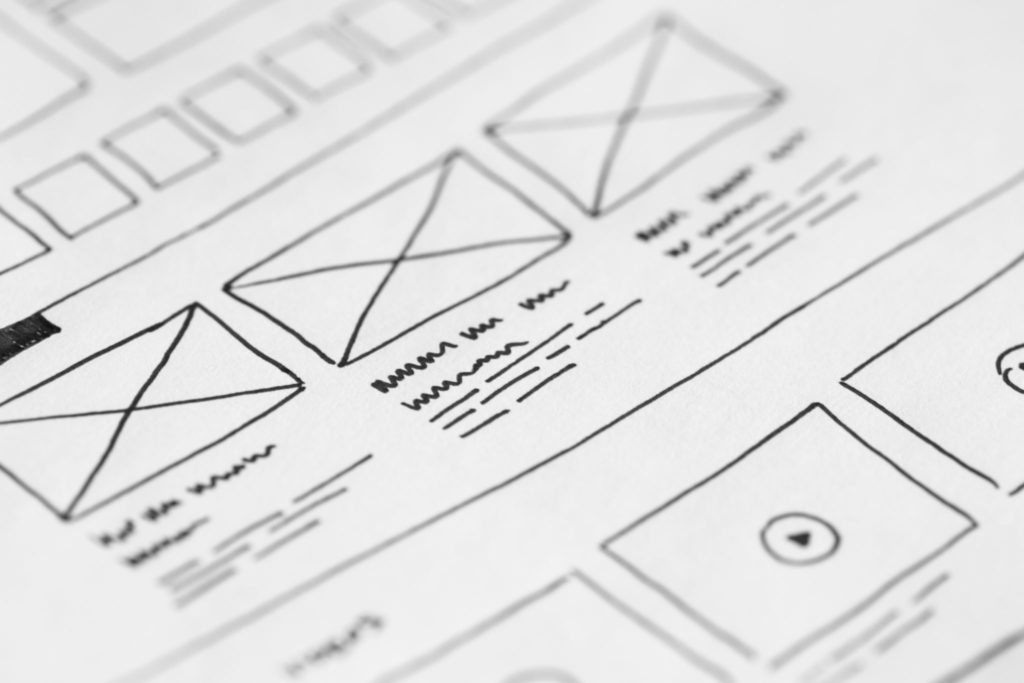
Costly Web Design Mistakes
Every year, companies hire the wrong web developer. Maybe it’s a budget issue, an error in judgement, or simply a friend who offered “expertise” that doesn’t actually have any. Regardless of cause, here are 5 costly web design mistakes that plagued eCommerce sites in 2017 (and how to fix them!):
5. Supercharge Your Cart
Customers expect the cart to be located in the top right corner. We know this. Still, many sites stray from the convention, or even make the cart more difficult to find than it should be. Cart location is especially important in preventing cart-abandonment, as someone might leave the site with items in their cart… when they return, you want to make it as easy as possible for them to find the cart again and continue to checkout.
Studies show that changing the word or icon from “bag” to “cart” and/or adding the word “checkout” can increase conversions significantly (Sources: UXmovement, Conversionfanatics). Last point on this note, consider adding a “checkout” link that only appears next to the cart once items are placed inside. A little encouragement goes a long way.
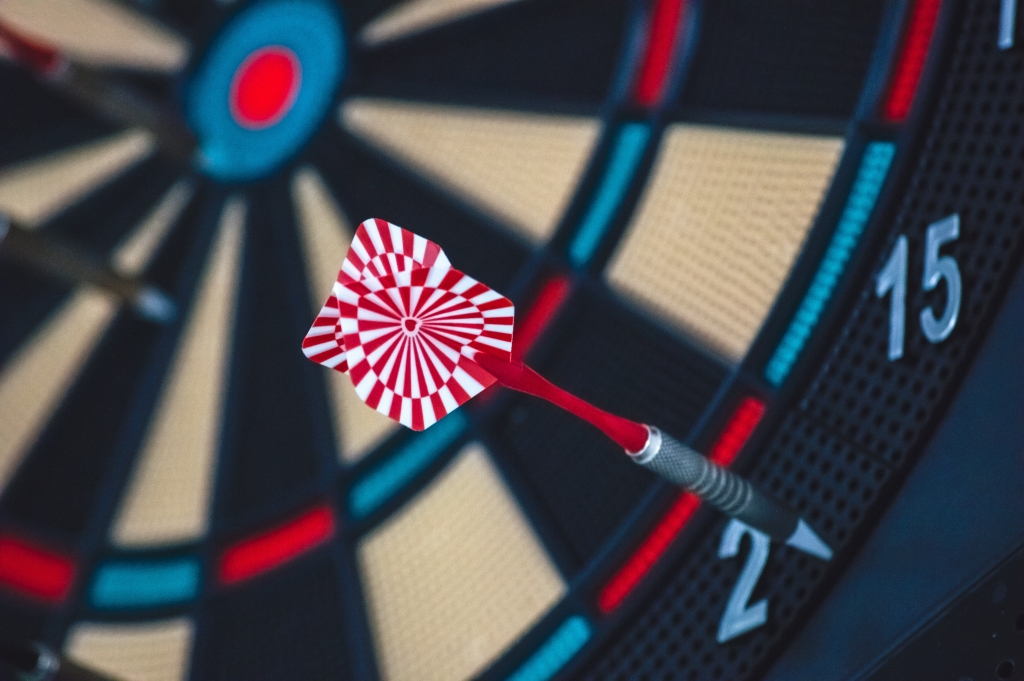
4. Feature Products Above The Fold
Many home pages leave a lot to be desired. Think of the laziest shopper in the world. For them, and even seasoned shoppers, scrolling is the enemy. For this reason, it’s important to feature your “New Products,” “Best Sellers,” or “Our Picks” section front and center of your homepage. This immediately draws interest from users, especially in retail when everyone’s searching for the hottest new trend. If you choose to feature a carousel of images, you’d do well to triple-check that it’s easily navigable, or risk losing customer attention. Limit the number of banners on your carousel to between 3 and 5, and make sure they all contain a clear call to action and/or deal. This is the most valuable real estate on your site. Use it wisely.
3. Rethink Your Links
All links across your site should underline when hovered over. Roughly 8% of men are colorblind, so a hover color alone might not do it. Remember to keep your link format consistent, and keep links evenly spaced from one another. If you different pages share the same link, ensure that you choose one standard location for the link so the customers know where to find it and don’t go searching. If someone has to ask “where is it?” you’re already losing customers.

2. Optimize Your Checkout Gateway
Another common mistake (or rather, a common set of mistakes) happens at checkout. There’s 7 things every site should have at checkout: A way to remove an item from the cart, a “continue shopping” button, total cost, a coupon code entry box, and shipping times (with options and other info if available). The sixth and possibly most important thing to have here are trustmarks. Is the site SSL secured? Is it accredited by the BBB? Are there credit card logos to show which types are protected / can be used? Are you an authorized/ accredited distributor of whatever you’re selling? These can be major selling points to the right customer, and frankly, if the site isn’t at least SSL secure, this author and 85% of consumers won’t buy anything. Trustmarks should also be clickable, linking to another page of your site or opening a new window to more info on the credibility of the security provider. The seventh part of any good checkout is of course…
1. Recommend Additional Products
Displaying “Related Products” or “Customers Who Bought These Items Also Bought” functionality that lists additional items your customers might want to add to their cart can be a very profitable move (RE: The Psychology of Upselling). You can accomplish this with several platforms like Nosto + Magento, but regardless, it’ll definitely give you a sales boost. These are just a few of our everyday encounters at Redstage. If you have questions about any additional web design mistakes, feel free to ask in the comments. If you want the expert devs at Redstage to give your site a conversion audit, click here!
Good luck! And may the odds be forever in your favor.









Recent Comments